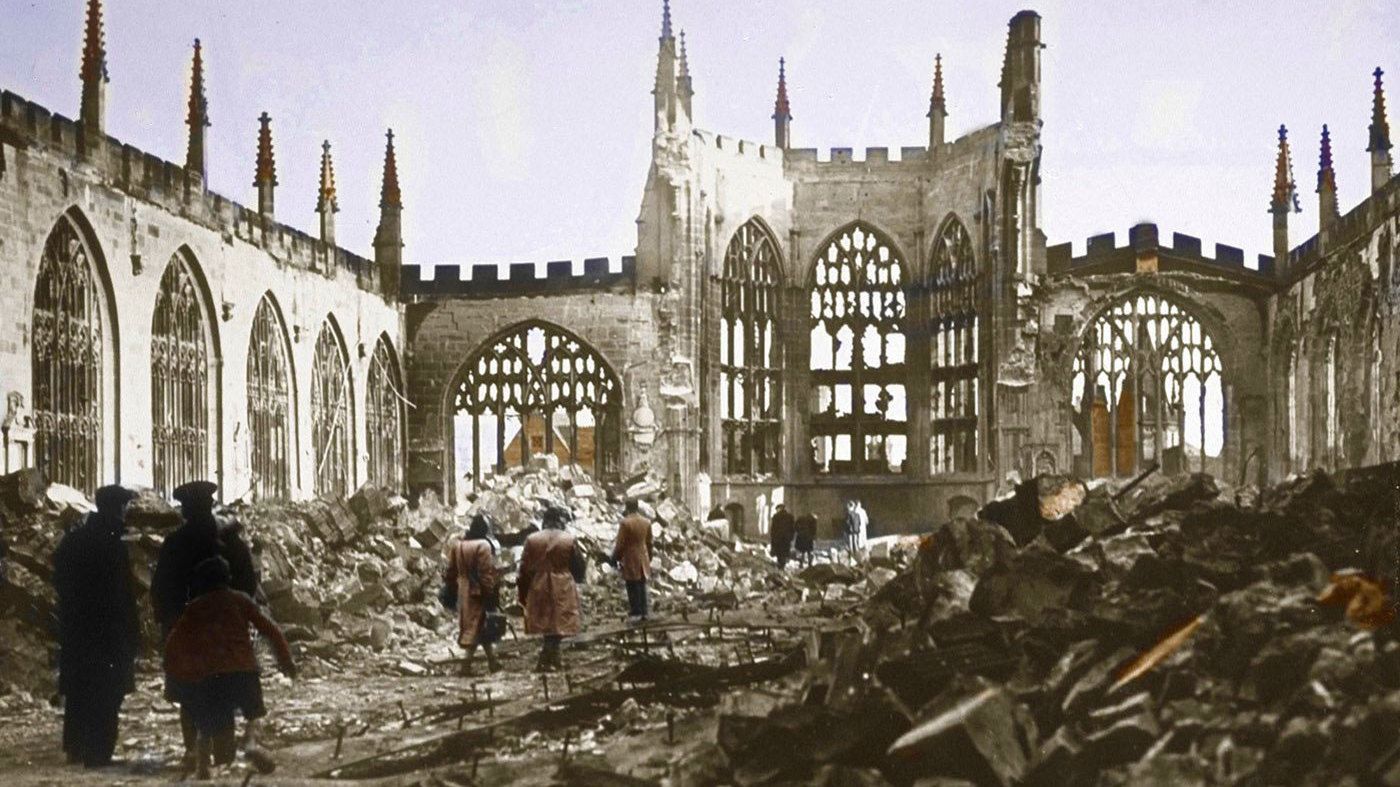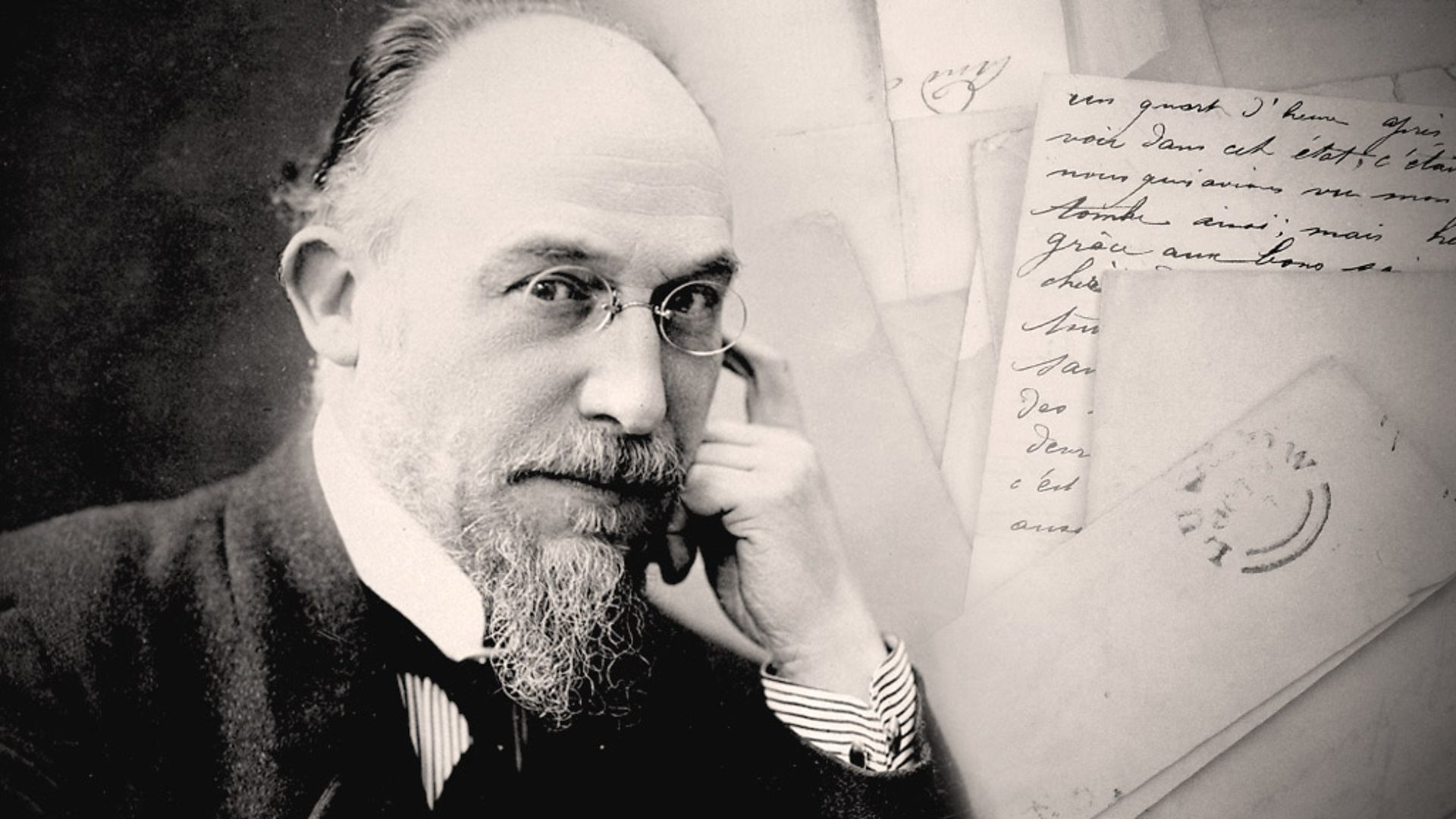Ned Rorem’s “Early in the Morning”
Arguably, no artist grows up: If he sheds the perceptions of childhood, he ceases being an artist. -Ned Rorem Early in the Morning, an art song by American composer Ned Rorem (b. 1923), is filled with wistful nostalgia. The text, by the poet Robert Hillyer, offers a distant memory of a far-off summer morning. Both the words and the music are shrouded in a dreamlike haze. We’re presented with the ephemeral- sights and smells of the morning- …







